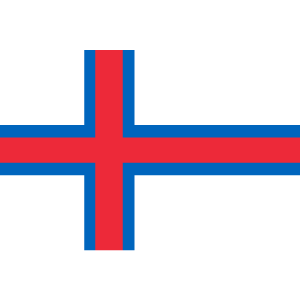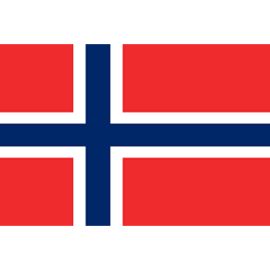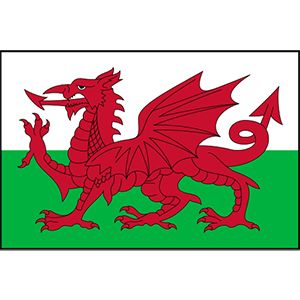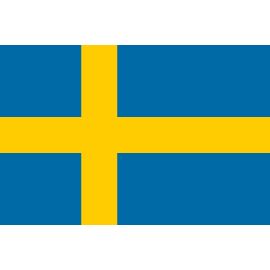Search results
Other games
An overview of the Faroe Islands, an autonomous territory in the Kingdom of Denmark in the North Atlantic Ocean. Learn about their history, geography, culture, economy and more.
Learn about the Faroe Islands, a small archipelago in the Northeast Atlantic with a rich maritime heritage and a high living standard. Discover the culture, nature, economy and history of this autonomous Nordic country.
- Overview
- Land
- People
- Economy
- Government and society
- History
- GeneratedCaptionsTabForHeroSec
Faroe Islands, group of islands in the North Atlantic Ocean between Iceland and the Shetland Islands. They form a self-governing overseas administrative division of the kingdom of Denmark. There are 17 inhabited islands and many islets and reefs. The main islands are Streymoy (Streym), Eysturoy (Eystur), Vágar, Suduroy (Sudur), Sandoy (Sand), Bordo...
Composed of volcanic rocks covered by a thin layer of moraine or peat soil, the islands are high and rugged with perpendicular cliffs—the highest at Mount Slaettara (Slaettaratindur; 2,894 feet [882 metres]) on Eystur Island—and flat summits separated by narrow ravines. The coasts are deeply indented with fjords, and the narrow passages between islands are agitated by strong tidal currents.
Britannica Quiz
Islands and Archipelagos
The climate is oceanic and mild, with little variation in temperature and frequent fog and rain; annual precipitation totals 60 inches (1,600 mm). The warm North Atlantic Current keeps the harbours free of ice. Natural vegetation is moss, grass, and mountain bog. The islands are naturally treeless because of the cool summers, strong westerly winds, and frequent gales, but some hardy trees have been planted in sheltered plantations. There are no toads, reptiles, or indigenous land mammals; hares, rats, and mice came on ships. Seabirds are numerous and were in earlier times economically important—the puffin as food and the eider for feathers.
The Faroese are of Scandinavian origin; many are descendants of Norwegian Vikings who colonized the islands about 800 ce. About a fourth of the population lives in Tórshavn, the remainder live in small settlements, almost all of which are on the coasts. The official languages are Faroese—most closely related to Icelandic—and Danish. Most islanders ...
Since 1900 the economy of the islands has changed from agricultural (primarily sheep raising) to one based on fishing and related industries, especially the export of frozen and dried cod. Supplements to fishing include fowling and sheep raising—wool is still used in a small, home-based spinning and knitting industry. Little of the land is cultivat...
The islands are a self-governing region within the Danish state and send two representatives (elected every four years) to the Folketing, the Danish legislature. The Faroe Islands Parliament (Lagting) has 32 elected members, who in turn elect an executive body (Landsstyre) headed by a chairman. Foreign policy, defense, and the monetary and judicial systems are overseen by the Folketing. A commissioner represents Denmark in the islands. Education is based on the Danish system. The islands have good medical services. For a long time a substantial minority has sought full independence from Denmark, and in 1999 the Landsstyre entered negotiations with the Danish government about conditions for full independence. An important point in the talks was the yearly payment of one billion Danish krone from Denmark as half the export earnings.
Are you a student? Get Britannica Premium for only 24.95 - a 67% discount!
The name first appeared as Faereyiar (c. 1225), meaning “Sheep Islands,” which presumably led to the national symbol, a ram. First settled by Irish monks (c. 700), the islands were colonized by the Vikings (c. 800) and were Christianized by the king of Norway (c. 1000). The remains of a Gothic cathedral, begun in the 13th century but never completed, are at Kirkjubøur (Kirkebø). The Faroes became a Norwegian province in 1035 and passed to Denmark with the rest of Norway in 1380. Separated from Norway administratively in 1709, they were attached to the diocese of Zealand and became a Danish royal trade monopoly, which inhibited economic development.
Early Faroese oral literature became the basis for modern nationalism in the 19th century and led to the creation of a written Faroese language by the folklorist Venceslaus Ulricus Hammershaimb. Nationalist agitation hastened the restoration of the old Faroese Lagting (a combined jury and parliament) in 1852 and the end of the trade monopoly in 1856. A Home Rule Party was formed in 1906. During World War II Great Britain controlled the Faroes while the Germans occupied Denmark, a situation that strengthened demands for home rule. After the Lagting elections of 1946 reversed the majority vote for independence in an earlier plebiscite, negotiations began again in Copenhagen. In 1948 the islands were granted self-government under the authority of Denmark, with their own flag and unit of currency (the krona); Faroese was given equal status with Danish. The University of the Faroe Islands in Tórshavn was founded in 1965.
Learn about the Faroe Islands, a self-governing Danish territory in the North Atlantic Ocean. Explore their volcanic origin, climate, wildlife, culture, and history from Britannica.
- The Editors of Encyclopaedia Britannica
Mar 1, 2024 · Learn about the weather, driving, hiking, whaling, soccer and more in this guide to the Land of Maybe. Find out what to expect, what to pack and what to book in advance for your trip to the Faroe Islands.
- Walk the Historic Streets of Tinganes. Allow yourself some time to wander around the historic part of Tórshavn among the small grass roofed houses and cozy small streets.
- Go hiking and see the fjords. All the islands in the Nordic archipelago are small and narrow, so the ocean is never far away. Go hiking in the mountains and you will see how the ocean calmly flows into beautiful fjords and gorges surrounded by the rugged Faroese mountains.
- Visit Kirkjubøur. Walk along the historic route across the mountain from Torshavn or take the 10 minute drive to the most important historic site in the Faroe Islands, Kirkjubøur.
- Explore Faroese art. Visit National Gallery of the Faroe Islands for a taste of the best artists that the Faroe Islands have fostered. Enjoy the monumental works of the greatest Faroese painter of all time, Samal Joensen-Mikines.
Apr 15, 2021 · Learn about the Faroe Islands, a self-governing archipelago in the North Atlantic Ocean between Norway and Iceland. Discover their geography, wildlife, climate, and brief history from the Vikings to the present day.
Discover the Faroe Islands, a remote archipelago with mild temperatures, stunning scenery and rich culture. Find out how to get there, where to stay, what to do and more on the official tourist board website.





















































